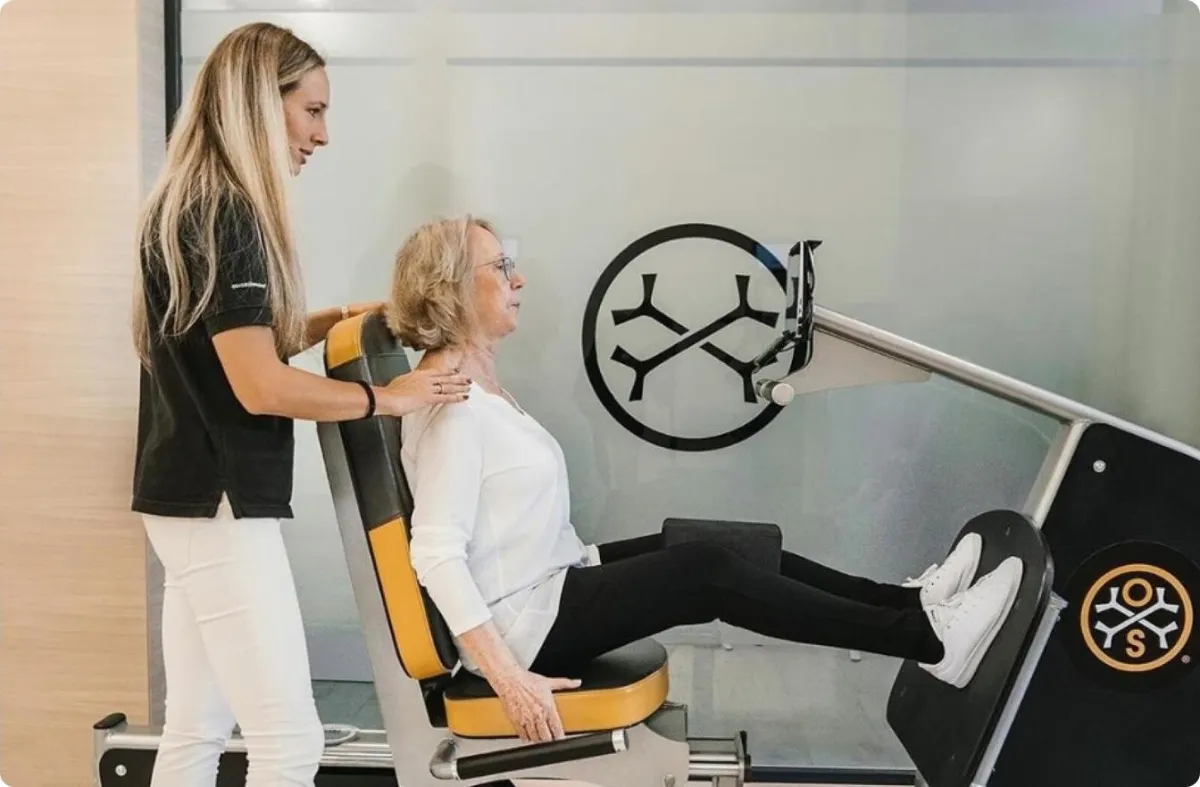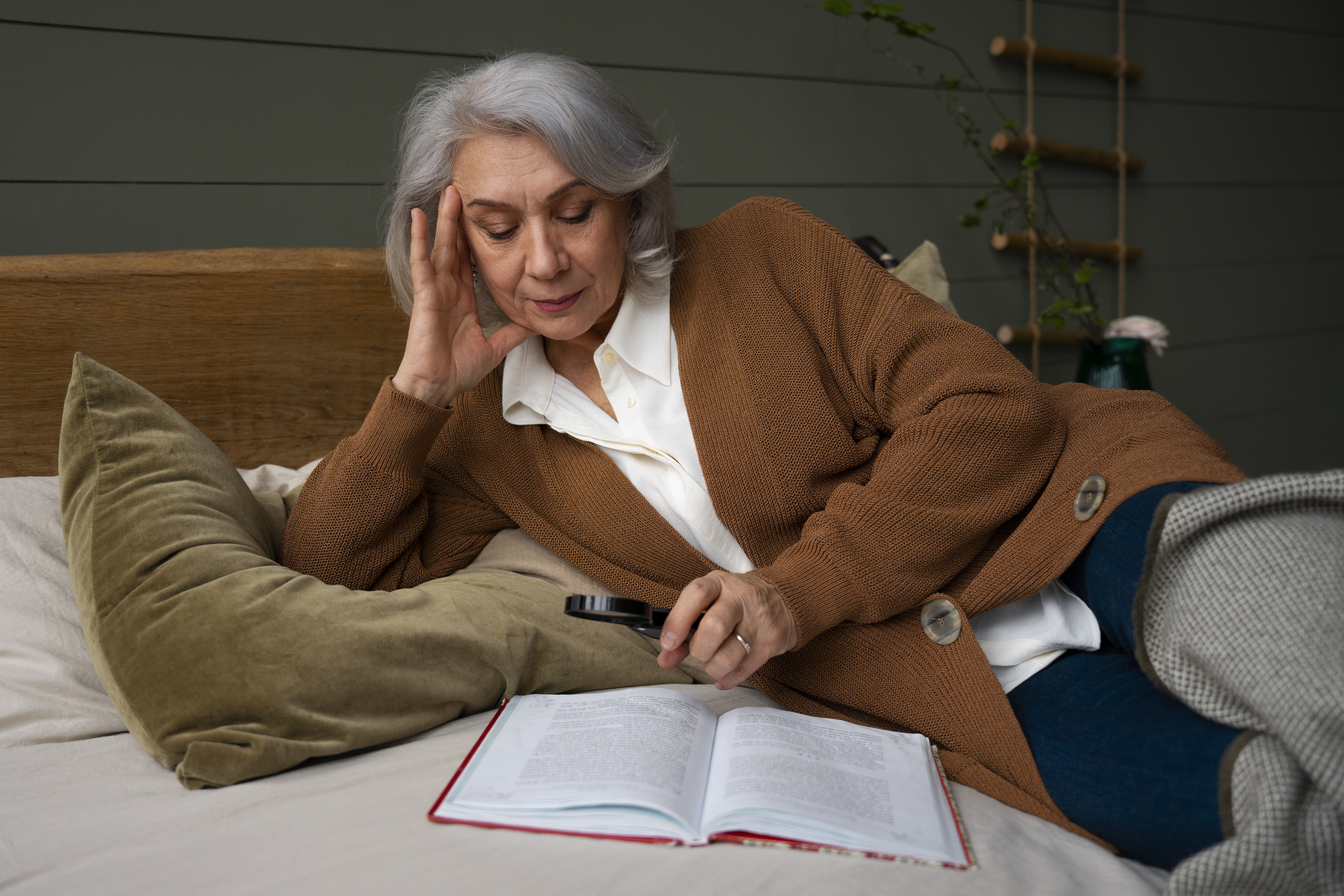
Staying Active in Shorter Days: Wellness Tips and Productivity Hacks
Adapting to Shorter Days: Debunked Myths and Strategies for Active Living
Once again, the days are getting chilly, and the sun is taking longer breaks. It's that time of the year when the days just seem to run faster, while everywhere looks gloomy.
In Manhattan, snowy days come in December. However, shorter days come much more early, which dampens your mood and increases feelings of unmotivation. Some refer to this experience as "winter blues,” but there is more to it than just a passing feeling.
Boosting your energy and improving your mood in shorter days is a feat anyone can achieve. If you're feeling overwhelmed and frustrated as winter approaches, it's a sign to start making strategic adjustments to stay active and energized during the winter months.
In this guide, we'll demystify common myths of shorter days, explain why your mood drops, and offer solutions for thriving in the dark.
Why You Feel Weak and Unmotivated During Shorter Days
Humans are naturally wired to rise with the sunlight and gradually wind down as night falls. However, during winter, the darker mornings and shorter days can throw off this inherent rhythm. Additionally, a deficiency in vitamin D can exacerbate seasonal mood swings. Vitamin D, primarily obtained from sunlight, plays a crucial role in supporting serotonin activity. With reduced daylight, you may experience increased sleepiness, social withdrawal, and irritability. These effects impact our focus, memory, and decision-making, and may worsen as the months grow darker.
10 Tips and Practices to Adapt to Shorter Days
1. Get some morning light
In the mornings, prioritize some light exposure, which helps wake your body and aligns you with the day-night cycle. You can do this by stepping outside for a walk or jogging for 15–30 minutes. To gain steady natural light, position your workspace near windows and use mirrors to redirect sunlight. For added benefits, you can also use a light therapy lamp.
2. Observe healthy bedtime habits
Before hitting the pillows, ensure you've been away from screens for at least 60–90 minutes before bed. As nighttime is longer during this period, it's essential to adjust your bedtime routines — dim the lights, lower the room temperature, and play calming sounds. Use blackout curtains and comfortable bedding to create a more relaxing sleep environment.
3. Back up with supplements
Vitamin D supplements are a must-take during the autumn and winter months to help your body absorb calcium for healthier bones. Other supplements, such as a B vitamin complex, can support energy metabolism. Magnesium helps improve sleep quality, while omega-3 fatty acids can improve mood and cognitive function.
3. Eat balanced meals
Focus on nutrient-dense, seasonal foods — such as root vegetables, leafy greens, citrus, and warming soups. Try to eat heavier meals early in the day and lighter meals for dinner for better digestion. Stay hydrated, even in cold weather. Water and electrolytes help you feel refreshed and regulate your nerve and muscle function.
4. Do indoor exercises
Morning exercise helps regulate your circadian rhythm in winter, making you feel more energetic throughout the day. Opt for high-intensity routines or strength training to maximize results. Move your body whenever you get the chance. Take breaks to stretch or perform a short workout.
5. Plan outdoor activities
Go outside during peak daylight hours for some outdoor activity, such as walking, shopping trips, or visiting a neighbor. Dress in weather-appropriate layers of clothing to maintain a stable body temperature. Aside from getting some sunlight, fresh air, and nature are great medicines to boost your mood and immunity. To be more consistent, join a local walking group or fitness.

6. Schedule work when you’re most active
Identify when you're naturally full of energy and plan demanding tasks accordingly. For instance, if you feel more agile and mentally aware in the mornings, adjust your workloads or deadlines to align with this time to reduce stress and increase productivity. Set realistic goals and balance high-energy activities with quieter tasks.
7. Boost your mood with yoga
Practicing mindfulness helps to combat seasonal stress. Practice gratitude rituals, engage in yoga, and observe quiet time to calm your mind and enhance your focus. You can do these together with family or a friend to make you feel less isolated. Explore creative outlets, such as writing, painting, or music, to help process emotions.
8. Cognitive Strategies
Do something new that you’ve always wanted to do. While indoors, you can learn a new skill, read good books, or practice on the piano. Journaling consistently is a way to track your progress and emotional changes over time.
Debunking Common Myths About Shorter Days
Myth 1
“Light therapy lamps provide vitamin D.”
Reality: SAD lamps mimic daylight but produce negligible UV rays. You still need vitamin D supplements during the autumn and winter months.
Myth 2
“You need expensive equipment for light therapy.”
Reality: Natural sunlight exposure soon after waking is most effective, with artificial light as a helpful backup.
Myth 3
“Light therapy takes weeks to work.”
Reality: Many people feel benefits within days to a couple of weeks with consistent use.
Myth 4
“Winter naturally means lower productivity.”
Reality: With workplace adjustments, routine planning, and mental health support, productivity can remain steady year-round.
Myth 5
“You can’t maintain energy without more caffeine.”
Reality: Strategic light exposure, movement, and circadian rhythm management are far more effective in the long term.
Myth 6
“Exercise is less effective in winter.”
Reality: Morning physical activity helps synchronize your body's rhythm and boost mood regardless of the season.

Improve Mood and Stay Active in Shorter Days
Upper West Side residents stay fit and active all year round with refined strategies with OsteoStrong. You can find tailored therapies and programs designed to help build stronger bones and promote recovery.
Our Red Light and Biocharger therapies can help minimize bone and joint pain, improve energy, and enhance mental clarity, even in the winter.
Contact OsteoStrong UW to find a custom wellness plan
Final Words
You can always boost your energy in the winter by getting some daily sunlight, eating a healthy diet, exercising regularly, and practicing mental wellness. These practices can become habits that boost your mood, increase productivity, and keep you fit.
At OsteoStrong UW, our team will conduct bone density tests to evaluate your bone quality and provide targeted programs and nutritional guidance to help improve your bone health. As always, consult your doctor to determine the best practices for your individual needs.
📞 Contact us at +1 914-690-7190
🌐 Visit us at https://osteonewyork.com/
📧 Email us at [email protected]


